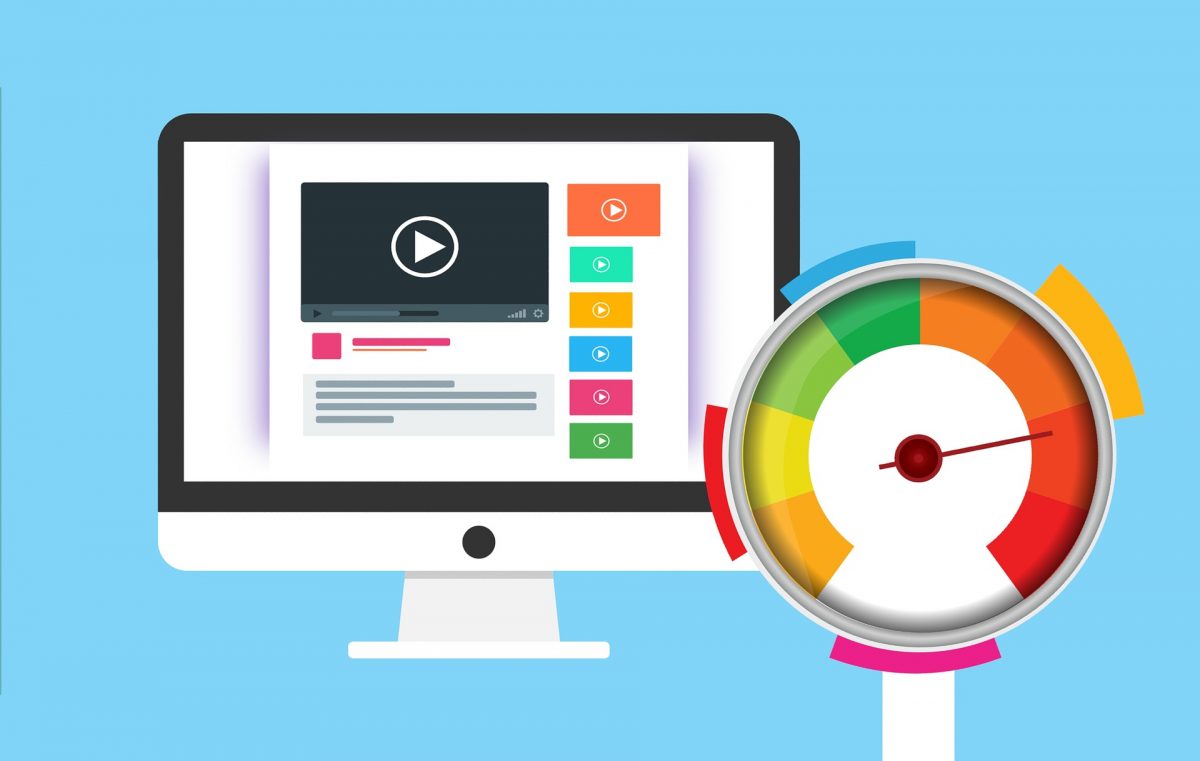Quick question. If you navigate to a website and it takes forever to load, what’s your first instinct? Do you stomach the painstakingly-long wait, or do you go back and try to find an alternative.
Chances are good that unless we’re talking about a major social network like Facebook, you’re going with option B.
There are few things more infuriating than a slow website. And Google recognizes that, too. It’s been a ranking factor on desktop devices since 2010, and on mobile devices since 2018.
So that means that if you’ve got a slow website, you aren’t just alienating your audience. You’re hurting your position on the search engine results page (SERP). Let’s discuss a few steps you can take to prevent that from happening.
Here are five simple ways to significantly improve your website’s performance.
Avoid Overusing Plugins
One of the biggest advantages of using a Content Management System (CMS) like WordPress is access to a vast, diverse library of plugins. There’s a plugin for just about everything, from simple forms and surveys to image galleries to community-driven content. You need to be careful here, though.
It’s very easy to go overboard and install a ton of plugins and utilities that you simply don’t need. Each plugin you add is another layer of complexity, another thing that can go wrong with your site, another potential drain on your resources. Think very carefully before installing anything new, and ask yourself if you absolutely cannot live without it.
Leverage a Content Delivery Network (CDN)
It’s easy to forget that the Internet is not an abstract concept. It’s grounded in physical infrastructure, web servers, and networking hardware all over the world. When someone tries to access web content, greater physical distance means more latency.
Slower load times, in other words.
Depending on where you’re situated in relation to your web host (and where you both are in relation to your target audience), you may want to consider leveraging a CDN. With a CDN, your website’s content is cached across a large geographical area, on multiple web-servers. When someone connects to your site, the CDN connects them to the nearest possible server, cutting load times considerably.
Reduce Rich Media
You might be tempted to add a bunch of fancy bells and whistles to your website. Javascript menus. Video banners and animated images. This is ill-advised.
The problem is that rich media assets tend to be incredibly resource-intensive. That means that the more of them you use, the more you’re adding to the load time for each user that visits your site. And in a worst-case scenario, they might not even be able to browse at all.
One more thing — do not, under any circumstances, allow advertisements that use animations, Javascript, or auto-playing video. Not only will they alienate your audience, but they’ll also kill performance.
Make Sure Your Images Are Optimized
One of the most common mistakes we see made by newer webmasters is that they download a stock photo at its largest size and simply upload that to their website. Thing is, even if you resize that image for a web page, your visitors are going to be loading the original with every single visit. In other words, your site’s going to take a considerable performance hit.
Use a tool like GIMP 2 to reduce the dimensions of each image you want to use. Generally, 1200×800 is a good resolution to go for, but you may want to go even smaller (or keep the dimensions the same if you’re not uploading landscape photos). Additionally, we’d advise reducing image quality down to about 80 percent, as you can generally do so without any noticeable impact on anything but file size.
Design For Mobile First
Last but certainly not least, we’d strongly advise reading up on responsive design. It may be somewhat dated by now, but web design publication Smashing Magazine has published an excellent guidebook to help you learn the basics. Familiarize yourself with the advice there, and then use Google’s Mobile-Friendly Test to see what changes you need to make to your current website.
Think Fast
Ensuring your website loads quickly and performs well is absolutely critical. Your audience isn’t going to wait around if things load at a snail’s pace. And Google’s not going to be tolerant of that, either.
Follow the advice here, and do everything in your power to optimize.





